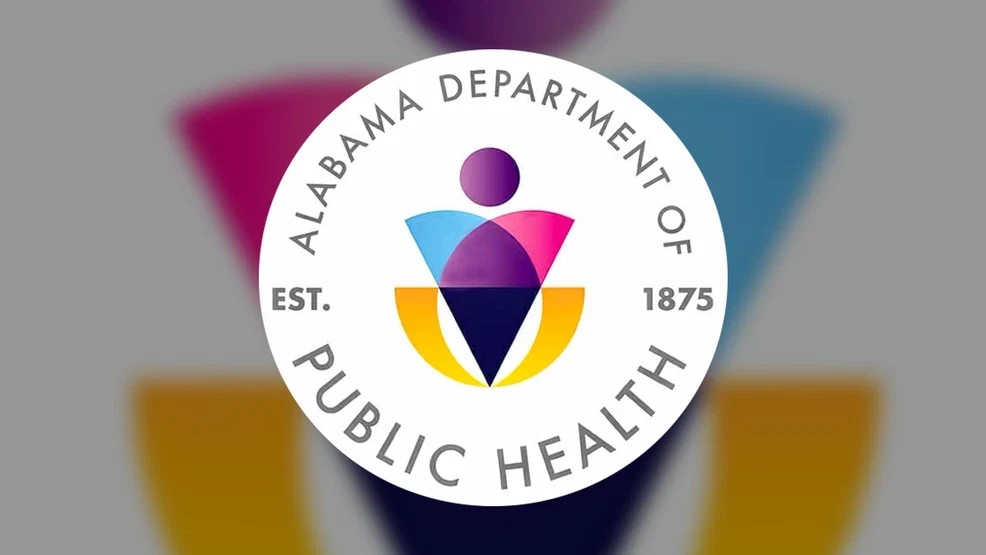The rise of smartphone technology opens new avenues for addressing severe mental illnesses (SMIs) in resource-limited settings, particularly in India. A recent study published in PLOS ONE assessed caregivers’ perspectives on the use of mental health apps (MHApps) for managing these conditions. The researchers aimed to evaluate the feasibility and acceptability of smartphone-based solutions in the context of India’s unique challenges.
Conducted at a tertiary care center in North India, the study involved a survey of 176 participants, comprising 88 patients with SMIs and 88 caregivers. The findings revealed that smartphone ownership among caregivers was 38.6%, while 31.8% of patients owned smartphones, aligning closely with the national average of 30% ownership. Despite this ownership, the usage of health apps was notably low, indicating a gap in the application of technology for mental health management.
Participants reported a regular use of third-party applications; however, health-related apps did not receive similar engagement. Key barriers identified included high costs, lack of familiarity with technology, and language barriers, all of which hindered the adoption of mental health apps. Caregivers expressed a desire for apps that could facilitate access to information about available services and resources for individuals with SMIs. They also indicated that apps could ease some of their caregiving responsibilities.
Focus group discussions highlighted caregivers’ apprehensions regarding the potential misuse of smartphones by patients and the risk of damaging devices. Additionally, caregivers noted that many existing applications do not cater to the linguistic diversity of the population, complicating their usability.
The study concluded that while there is a willingness among caregivers to utilize mental health apps, several challenges must be addressed. To increase the feasibility of these technological solutions, developers should engage closely with caregivers and family members during the app development process. This collaborative approach can ensure that the apps are designed with the end-users’ capacities and needs in mind.
Furthermore, the study suggested that alternative outreach strategies, such as Interactive Voice Response Systems (IVRS), should be considered to reach those without smartphone access. Given that only one-third of patients and caregivers have access to smartphones and the internet, these supplementary methods could enhance the delivery of mental health services.
In summary, while there is potential for mental health apps to support caregivers and patients in India, addressing the barriers of cost, language, and technology familiarity is critical. A tailored approach that considers the diverse economic, educational, and cultural landscape of India will be essential for the successful implementation of these digital health solutions.



